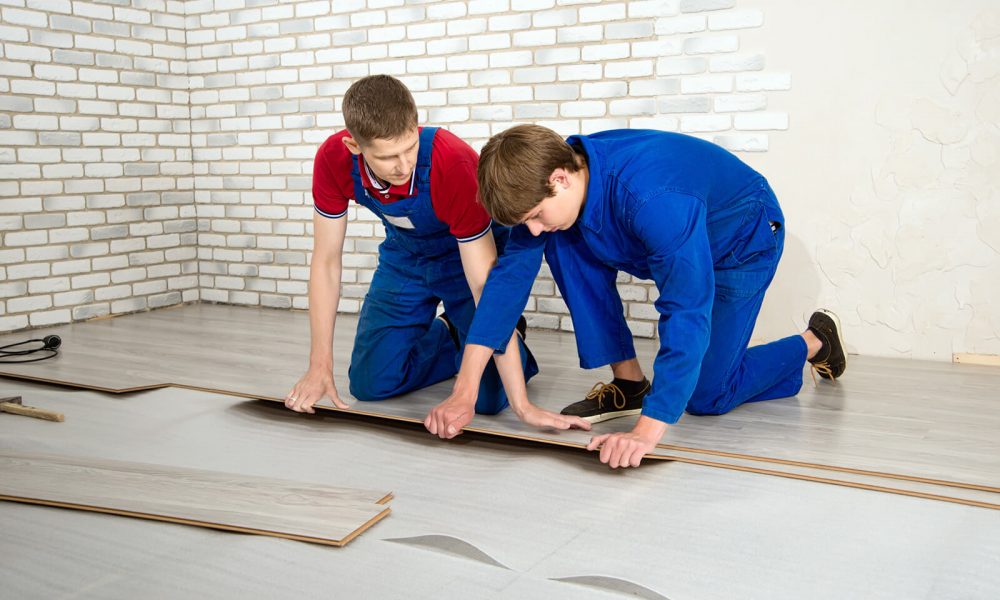
The Preparation Process of Flooring installation
Before beginning a floors installation project, it is important to make sure that you are adequately prepared for the job. This includes assessing the area to be covered, gathering the necessary tools and materials, and properly preparing the subfloor.
Assessing the Area
Before starting any floor installation project, it is important to determine the size of the area you are covering and to assess the condition of the subfloor. This will help you decide what type of flooring you should use, as well as how much material you will need to purchase. Additionally, if the subfloor is in poor condition, you may need to take steps to ensure that it is ready for flooring installation.
Gathering the Necessary Tools and Materials
To properly install your new flooring, you will need to make sure that you have all of the right tools and materials on hand. This includes things like a tape measure, saw, chisel, hammer, drill, and protective eyewear. Additionally, it is important to select the right type of flooring for your needs, as well as any adhesive or underlayment that may be needed for installation.
Preparing the Subfloor
To ensure that your new flooring will last for years to come, it is essential to properly prepare the subfloor before installation. This includes cleaning the area thoroughly, filling in any cracks or holes, and making sure that it is level and free of debris. Additionally, you may need to install an underlayment or other type of material to provide additional protection for your new flooring.
Advantages of Professional Flooring Installation
Professional flooring installation ensures the job is done correctly, safely, and with high-quality results. Here are some of the benefits of having a professional flooring installer:
- Safety: Flooring installation can be a complicated process and requires a lot of tools and materials. Professionals have the experience and knowledge to ensure that the job is completed safely, without any hazards or accidents.
- Quality Results: Professional flooring installers use the highest quality materials and techniques to create a beautiful finished product. They also know how to properly clean and seal the area so your flooring will last for years.
- Experience: Professional flooring installers have been in the business for many years and have seen every kind of flooring installation situation. They have the expertise to ensure that your job is done properly and quickly.
Common Flooring Installation Mistakes to Avoid
It’s important to know the common flooring installation mistakes so you can avoid them. Here are some of the most common mistakes to watch out for when installing new floors:
- Not Testing the Subfloor: Before installing any type of flooring, it’s important to make sure the subfloor is flat and level. If not, it can lead to warped, cracked, or damaged floors down the line. Be sure to check for moisture levels as well, since moisture can cause mold or mildew to form.
- Not Preparing the Room Properly: Before installing any type of flooring, it’s important to make sure the room is ready. You should remove any furniture or existing flooring, fill any holes or gaps in the subfloor with appropriate material, and make sure the walls are in good condition.
- Not Choosing the Right Adhesive: Using the wrong type of adhesive can lead to gaps between planks or tiles, or the adhesive not adhering properly. Make sure to do your research and choose an adhesive that is suitable for the type of flooring you are installing.


